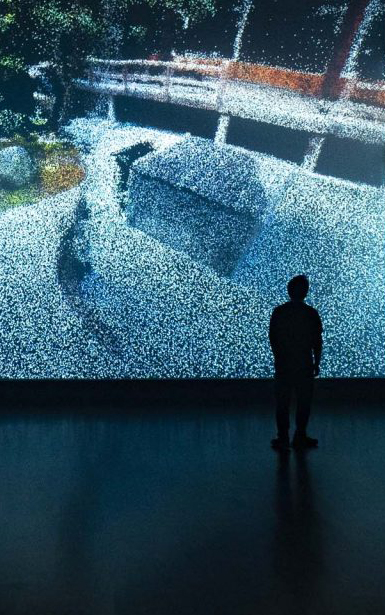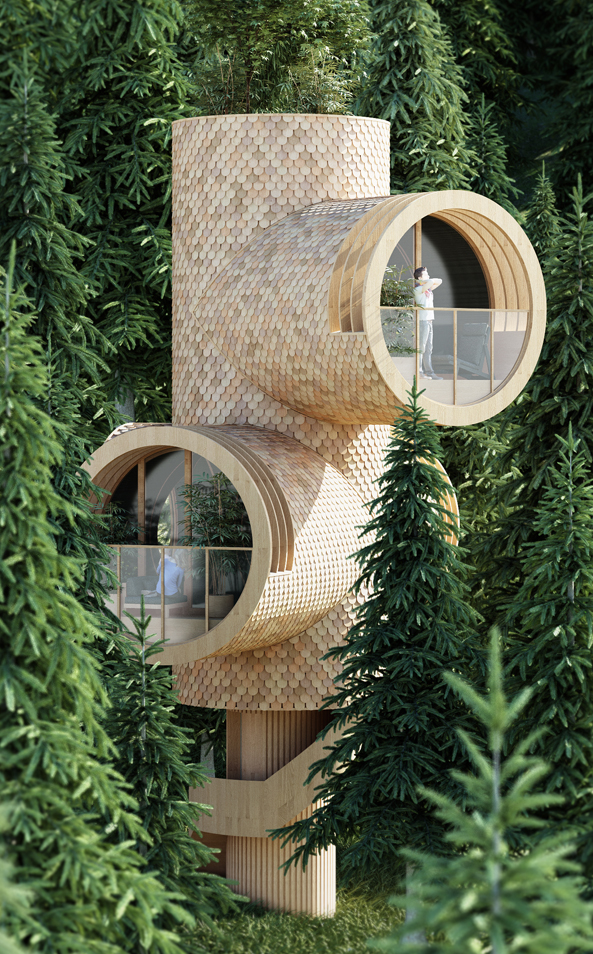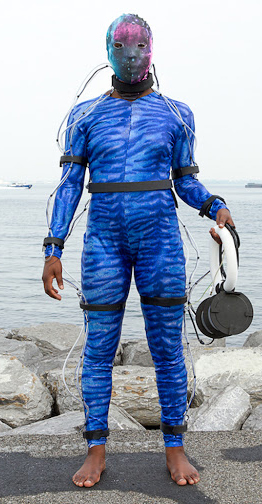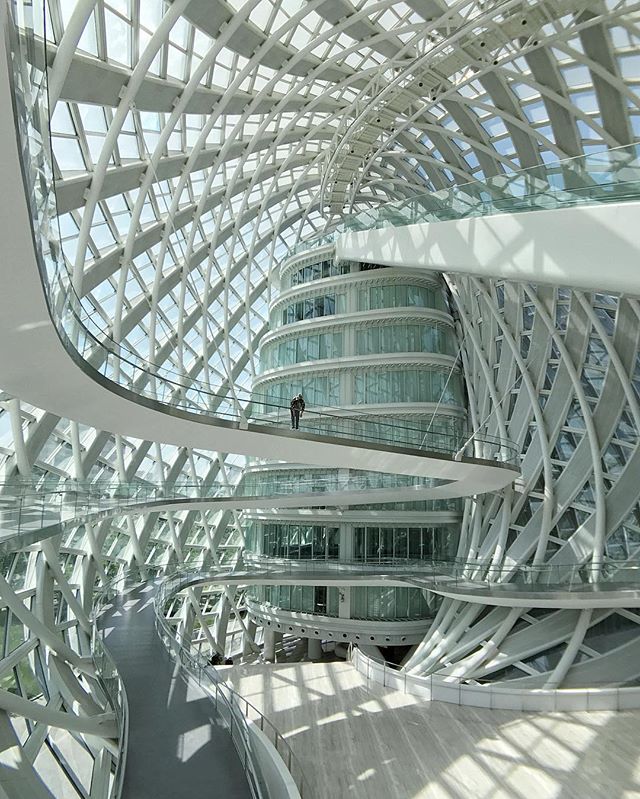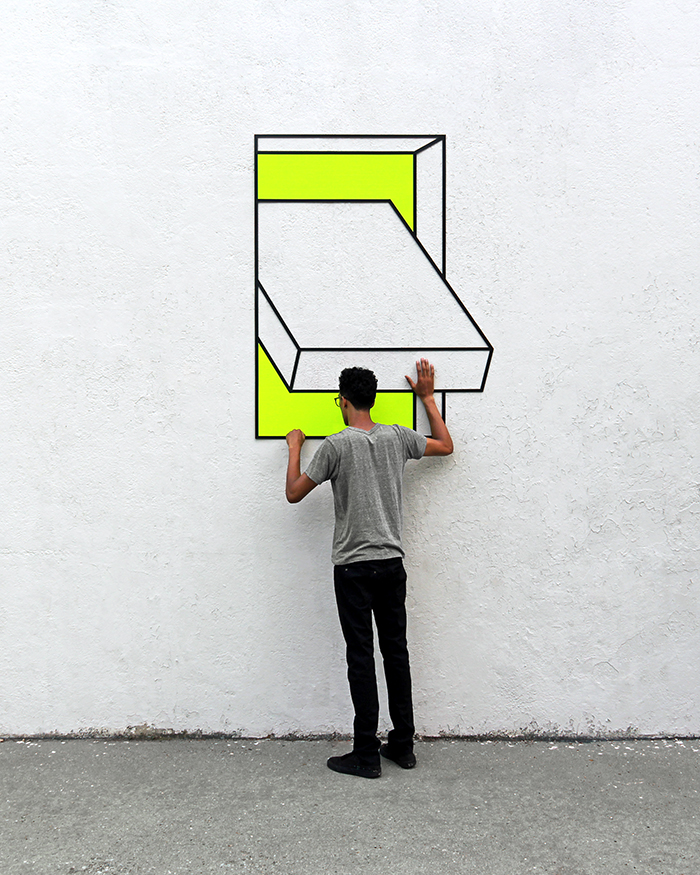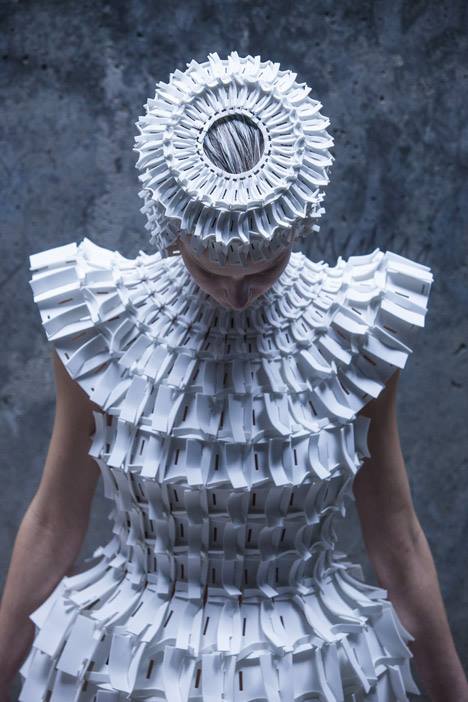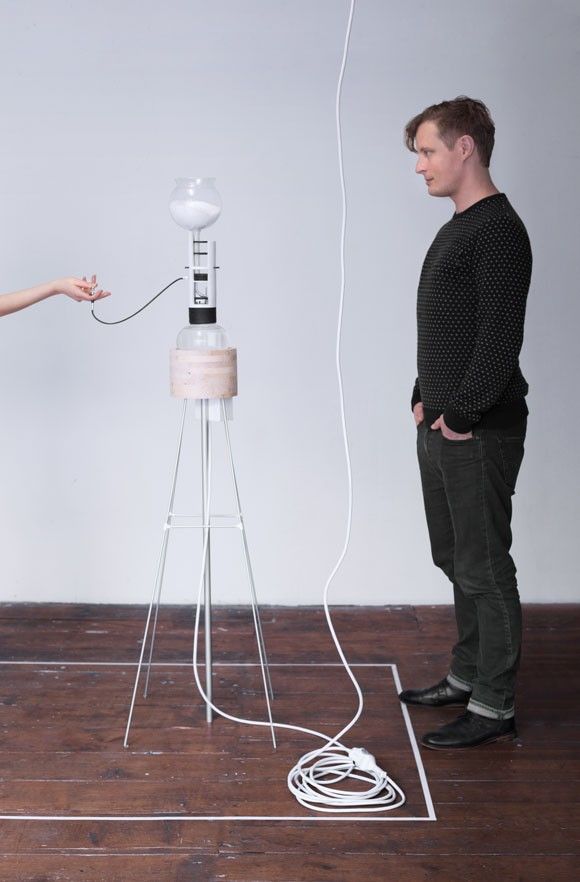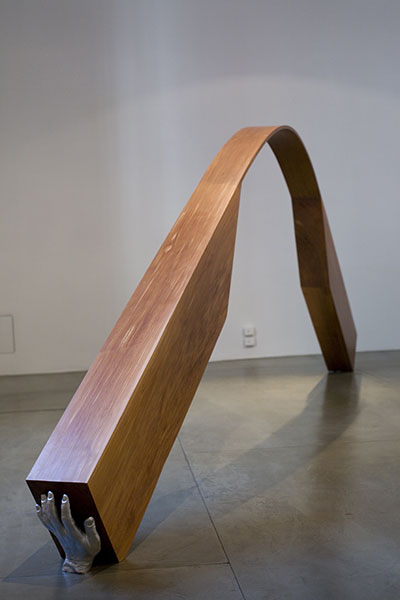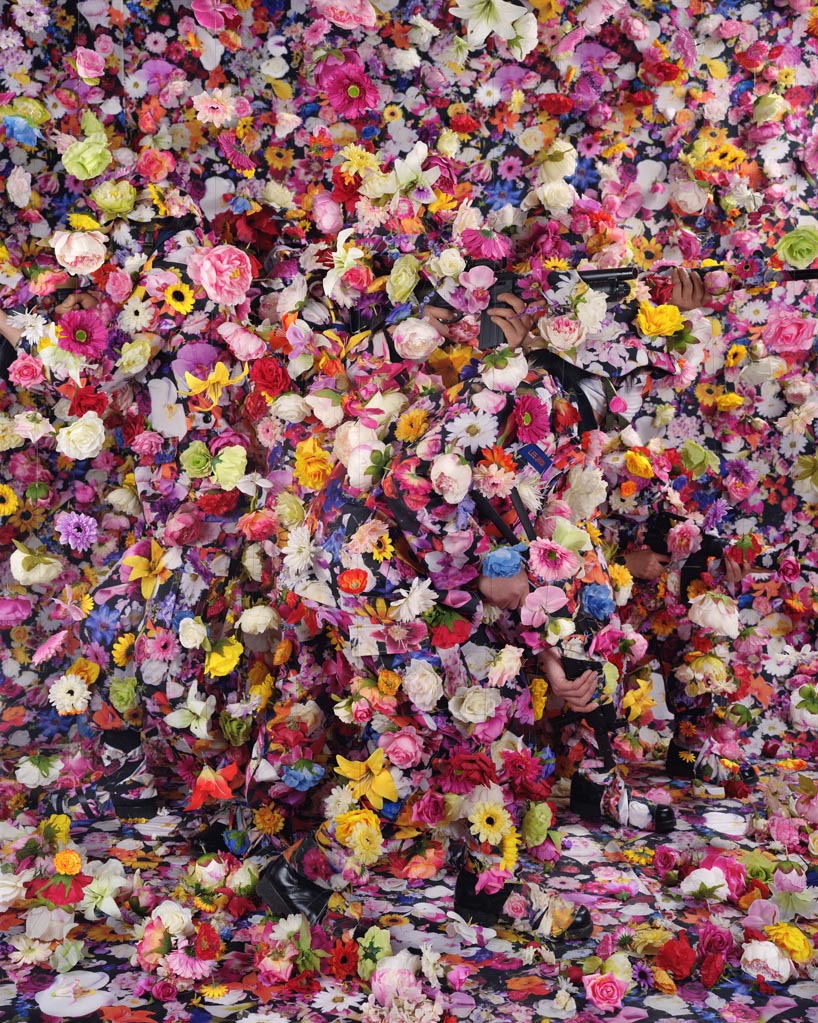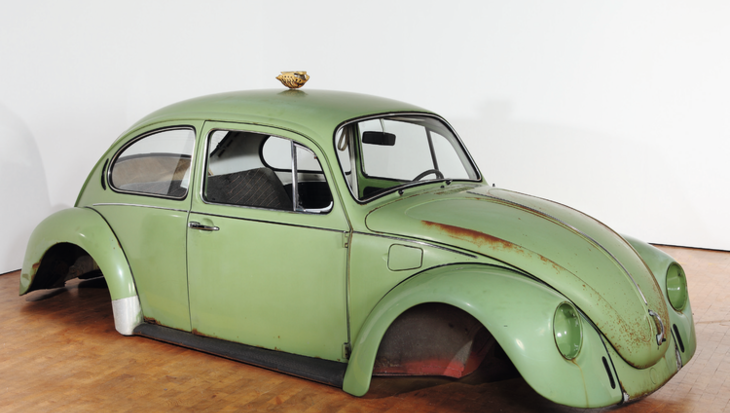
Cornelius Cardew
TREATISE
KYMATIC ensemble
Treatise is a graphic musical score comprising 193 pages of lines, symbols, and various geometric or abstract shapes that largely eschew conventional musical notation. Implicit in the title is a reference to the philosophy of Ludwig Wittgenstein, which was of particular inspiration to Cardew in composing the work.



